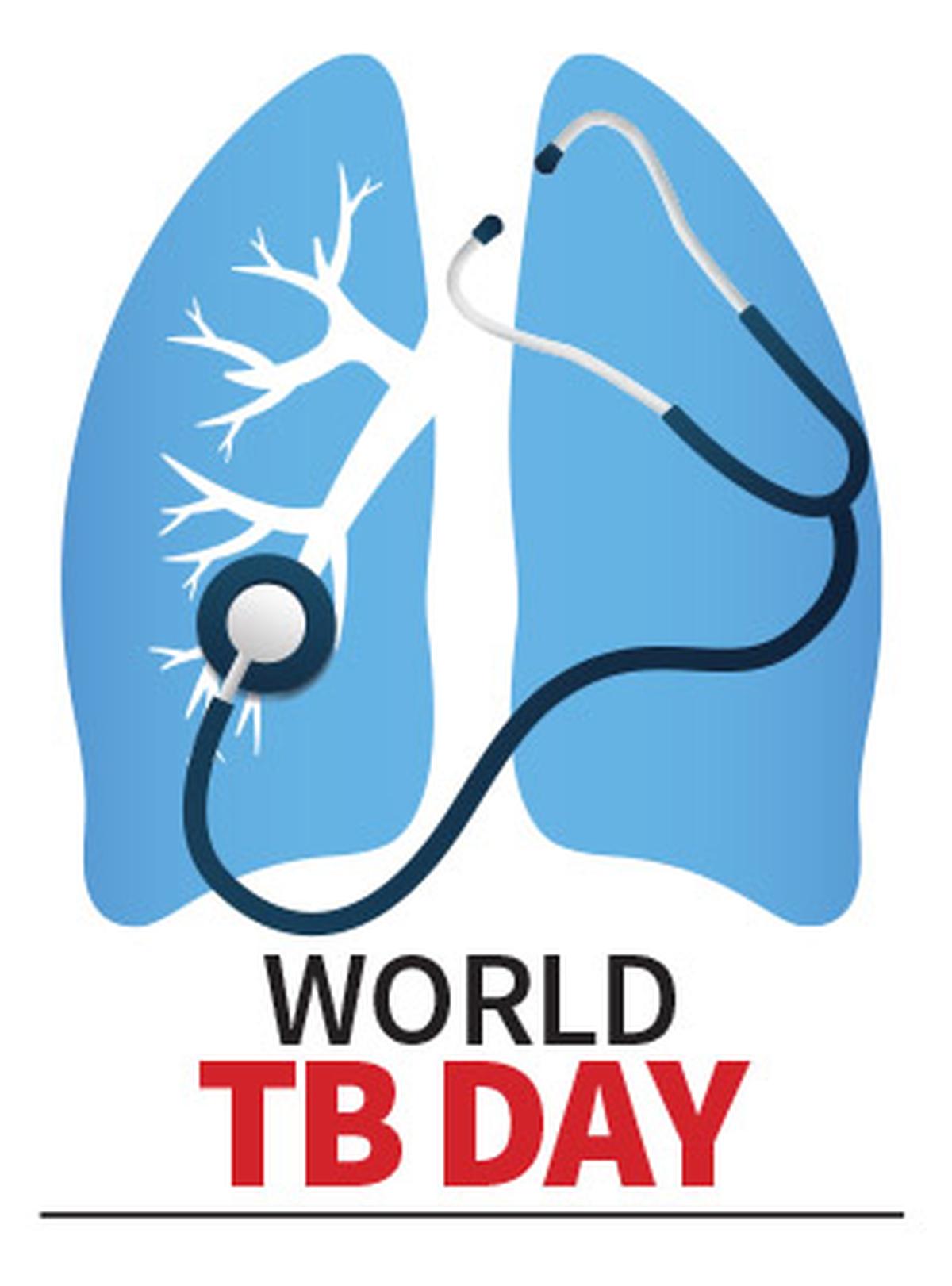
The TB bacillus can reside in humans in a latent state for life, and ‘reactivate’ when immunity is compromised.
| Photo Credit: REUTERS
India set an ambitious goal of eradicating tuberculosis (TB) by 2025 during the “End TB Summit” held in New Delhi in March 2018, advancing by five years the target set in the Sustainable Development Goals (SDG) for the end-TB strategy of the World Health Organization. Such a declaration, prioritising the eradication of a disease that affected 2.7 million and killed 3.2 lakh Indians in 2023, needs to be appreciated. A mission mode can be invigorating, and can accelerate systems.

Eradicating TB will depend on the scaling up and success of three pillars: prevention, early detection, and treatment.
Prevention, an overlooked strategy, was thought to be reserved for low-burden countries. Fortunately, that view has changed. TB is a socio-economic disease, preferentially affecting the malnourished, poor and immunosuppressed. Supplemental nutrition improves outcomes for those with the disease, apart from preventing the development of the disease among those exposed. Food rations, being introduced through the Nikshay Poshan Yojana, a Union government scheme which also provides a financial incentive of ₹500 a month for each notified TB patient for the duration of treatment, are a step in the right direction.
Other attributable risk factors need to be addressed too. It is no coincidence that India is a high-burden country for both TB and tobacco consumption. Smoking is a strong risk factor for TB, and smoking cessation programmes need to be made universally accessible and should offer science-based therapies. Diabetes, being immunosuppressive, is a modifiable risk factor for TB. Screening and control of diabetes could play a major role in preventing TB. The TB bacillus can reside in humans in a latent state for life, and “reactivate” when immunity is compromised. As much as 40% of Indians are hypothesised to be in a state of latent infection, and a target to eradicate will have to address this reservoir of potential disease. The programmatic introduction of treating latent TB among contacts is noteworthy.
Early diagnosis is key. Diagnostic delays not only worsen the health of the afflicted but also facilitate spread. Conventional testing with smear microscopy has poor sensitivity, missing over 40% of those with the disease. Despite this, the India TB report 2024 says, less than a quarter of testing done among those with presumptive TB were molecular tests (such as Xpert MTB and Truenat, which have a high sensitivity); the rest were offered smear microscopy. The number of machines deployed for molecular testing nationwide has been ramped up significantly in the recent past, which is reassuring . Goa recently achieved universal molecular testing for TB, and is an example to follow. Lack of proper lab support is not a matter of affordability, but an underestimation of its importance. At the recent “India Innovation Summit — pioneering solutions to End TB” held in Delhi, opportunities for rapid integration of groundbreaking advancements with innovators and key stakeholders were discussed and explored. This is likely to spearhead newer innovations and strategies.
An equally important shortcoming of smear microscopy is its inability to detect drug resistance, which is associated with a higher mortality and poorer outcomes. As much as 2.45% of all patients diagnosed for the first time in India and 12.8% of those who have been previously treated for TB have MDR-TB. Our goals for diagnostics for TB should be provision of universal drug susceptibility testing for all drugs to meet End TB targets, and to provide the same diagnostic standard of care for all TB patients regardless of where they reside. As India launches new short and effective regimes such as BPaLM for drug-resistant TB, the dictum should be “Get it right first time”.
Cure has been at the centre of TB policy, and is a downstream pillar in the path to eradication. Making TB a notifiable disease has ensured better follow-up and support to patients, facilitating adherence to treatment. An uninterrupted supply of medications is sine qua non. We simply cannot afford the drug shortages that have been reported.
Subclinical TB, which is TB without the classical symptoms, can exist in almost half of all patients, and eradicating TB would mean aggressively searching and screening for those affected. Waiting till symptoms manifest would delay diagnosis and facilitate spread. Chest X-ray and AI-based tools are being piloted to detect both clinical and subclinical TB, and these need to be expanded. These are labour and resource intensive, but have been shown to be effective at actively screening for TB.
How have we performed thus far? The WHO Global TB Report, 2024 says the incidence of TB in India decreased by 17.7%, from 237 cases per 100,000 population in 2015 to 195 per 100,000 in 2023. This decline is more than double the global reduction rate of 8.3% during the same period. TB-related deaths reduced by 21.4%, from 28 per 100,000 population in 2015 to 22 per 100,000 in 2023. These achievements, though laudable, fall short of the 2025 milestones set by the SDG for the road map to eradication by 2030 (50% reduction in incidence and 75% reduction in mortality from 2015 levels).
The pillars of eradication, and the willingness to adopt the means to strengthen those pillars seem evident by steps taken in the right direction. However, the scale will still need to magnify rapidly to match the magnitude of the disease. India bears over a quarter of the world’s burden of TB, and it will take a focused, scientific, and herculean effort to eradicate the disease.
Dr. Lancelot Pinto is a consultant pulmonologist and epidemiologist and Dr. Camilla Rodrigues is a consultant microbiologist and Head of the Department of Microbiology at PD Hinduja Hospital, Mumbai. Views expressed are personal
Published – March 24, 2025 12:20 am IST
